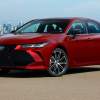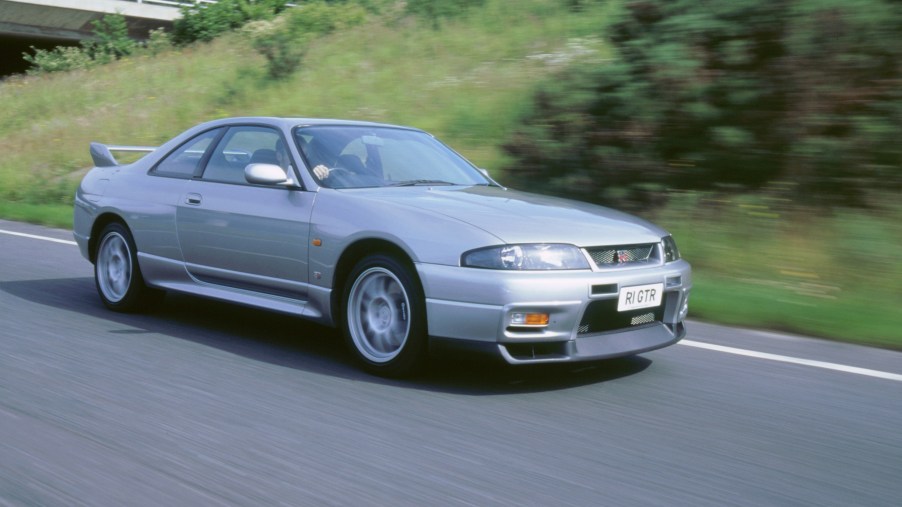
The Nissan R33 Skyline GT-R Hides Its Speed in Plain Sight
1995 Nissan R33 Skyline GT-R article highlights:
- The R33 Skyline GT-R is larger and heavier than the R32, but it’s also faster around the Nürburgring and in a straight line
- Doug DeMuro recently noted in a video that the R33 shares more than you might expect with many 1990s Nissan products, but still feels just as special as the R32 yet is also more refined
- If you want a decent 1995-1998 Nissan Skyline GT-R today, you’ll likely pay around $80,000
As with many supercars, subtlety isn’t really in the GT-R’s playbook. But compared to the modern R35, the classic Nissan Skyline GT-R models might as well be sleepers. Yet even JDM fans’ eyes sometimes slide over one member of this vaulted family: the R33 Skyline GT-R. However, there are plenty of reasons why the ‘middle child’ Skyline deserves your attention. Because beneath its rounded ‘90s styling, the R33 is sharper and more special than you might think.
The 1995-1998 Nissan R33 Skyline GT-R refined the R32 into a faster supercar
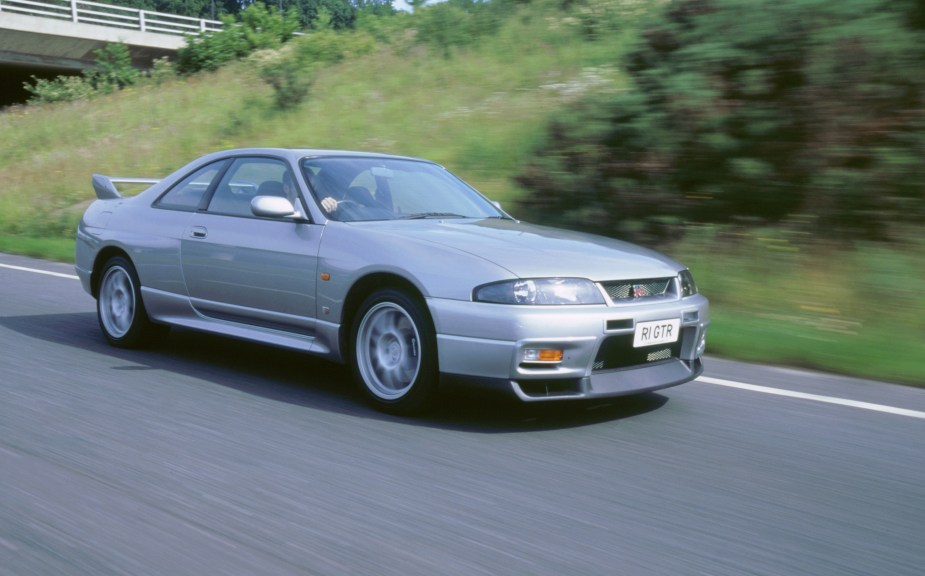
| 1995 Nissan ‘R33’ Skyline GT-R | |
| Engine | 2.6-liter ‘RB26DETT’ twin-turbocharged inline-six |
| Horsepower | 276 hp (claimed) |
| Torque | 271 lb-ft |
| Transmission | Five-speed manual |
| Curb weight | 3373 lbs |
| 0-60 mph time | 4.9 seconds |
It’s not too much of a stretch to call the R33 Skyline GT-R a heavier revised R32. For example, it has the same transmission as the R32 as well as the same iconic RB26 engine. However, Nissan didn’t just plop the R32’s drivetrain into a new body and call it a day. And while Nissan’s changes make the R33 bigger and less raw than the R32, they also make it faster.
Firstly, the Nissan R33 Skyline GT-R’s drivetrain isn’t identical to the R32’s version. The twin turbos make more boost, for one, and the oil pump has a wider collar to prevent the failures that dogged some early R32s. In addition, the ATTESA and HICAS four-wheel-steering systems are upgraded, with the latter going from a hydraulic setup to a less leaky, faster-acting electric one. Also, the five-speed manual has stronger internals. Plus, the later V-Spec models got active limited-slip rear differentials—crazy stuff for the mid-1990s.
Secondly, although the R33 is heavier and wider than the R32, it’s also noticeably stiffer. Furthermore, its weight is more centralized, which pulls weight off the front axle for better handling, Road & Track explains. The R33 also has different suspension than the R32, as well as front and rear strut-tower braces and standard Brembo brakes. And thanks to a redesigned front air dam, side skirts, and adjustable rear wing, the 1995-1998 Nissan Skyline GT-R is more aerodynamic and has less front-end lift.
As a result of these changes, the R33 Skyline GT-R lapped the Nürburgring 21 seconds faster than the R32. In the process, it became the first production car with a sub-eight-minute lap time. And that was a standard R33, mind you—the N1 and later 400R are even faster.
It’s a lot like other mainstream 1990s Nissans until you look closer
The N1 and Nismo 400R are also more insane looking than the ‘standard’ R33 Skyline GT-R, both inside and out. However, that’s actually rather fitting given this car’s origins.
Although the GT-R is a certified super sports car, the Skyline itself is a conventional RWD Japanese sedan/coupe. Remember the 2003-2007 Infiniti G35 Coupe and Sedan? They’re Skylines, too. Admittedly, the G35 is a sporty 3 Series rival, but it’s not a supercar killer in base form. In a way, that arguably makes the Skyline GT-R an M3 analog. And just like the M3, the R33 shares a lot with ‘lesser’ contemporary Skylines.
For example, as noted in Doug DeMuro’s video above, the R33’s interior wouldn’t look out of place in any other 1990s Nissan car. Even the steering wheel is identical to the one in the contemporary Maxima. Plus, unlike every other Skyline GT-R, Nissan offered the R33 as a sedan. Basically, if you took off the rear wing and badging, from a distance, this car would almost look—gasp!—generic.
Yet once you get a little closer, you can pick out the sometimes-subtle clues that this isn’t a ‘regular’ 1990s Japanese coupe. For instance, the seat bolstering is a dead giveaway, especially up front. Also, Nissan gave the R33 Skyline GT-R boost-pressure and differential torque-split gauges. And if the adjustable wing and scattered badges don’t clue you in, the 11,000-rpm tachometer with a 9000-rpm redline likely will.
But you don’t have to peer at the details like an automotive archeologist to grasp what makes the R33 Skyline GT-R special. All you need to do is drive it.
The R33 Skyline GT-R embodies ‘numbers aren’t the whole story’
On paper, Nissan claims the R33 Skyline GT-R is no more powerful than the R32. However, both cars came out during the Japanese OEM ‘gentleman’s agreement’ which saw maximum horsepower claims capped at 276 hp. In reality, both the R32 and R33 make more than 300 hp. And seeing as the lighter R32 ‘only’ hits 60 mph in 5.6 seconds, the heavier R33 might be more powerful.
However, numbers on a page don’t do the R33 justice. Yes, there is a sense that this is a wider and less pirouette-y car than the R32. Yet that doesn’t make the R33 bulky or awkward, R&T notes. Instead, it feels far more stable and planted than any R32, which is the whole point of all those chassis, AWD, and body panel tweaks. But it’s also a more polished car than the R32 in terms of interior quality, comfort, and space. If you want to commute in a Nissan Skyline GT-R, the R33 is better than the R32.
Furthermore, once you stop trying to compare it to the R32 or R34, the R33’s other strengths truly shine through. Firstly, the RB26 feels far more modern than you’d expect. It pulls strongly, smoothly, linearly, and eagerly from off idle all the way to the redline. “It’s so potent and it’s so eager,” DeMuro says, even by today’s standards. Also, the steering is very precise and quick, and it delivers plenty of feedback. In addition, taking a corner at speed reveals little to no body roll. And the transmission is satisfyingly notchy in its movements, DeMuro reports.
No, it’s not as raw as the R33 or quite as special as the R34. But the R33 Skyline GT-R lives up to that badge on the hood.
How much does the Nissan R33 Skyline GT-R’s subtle speed cost?
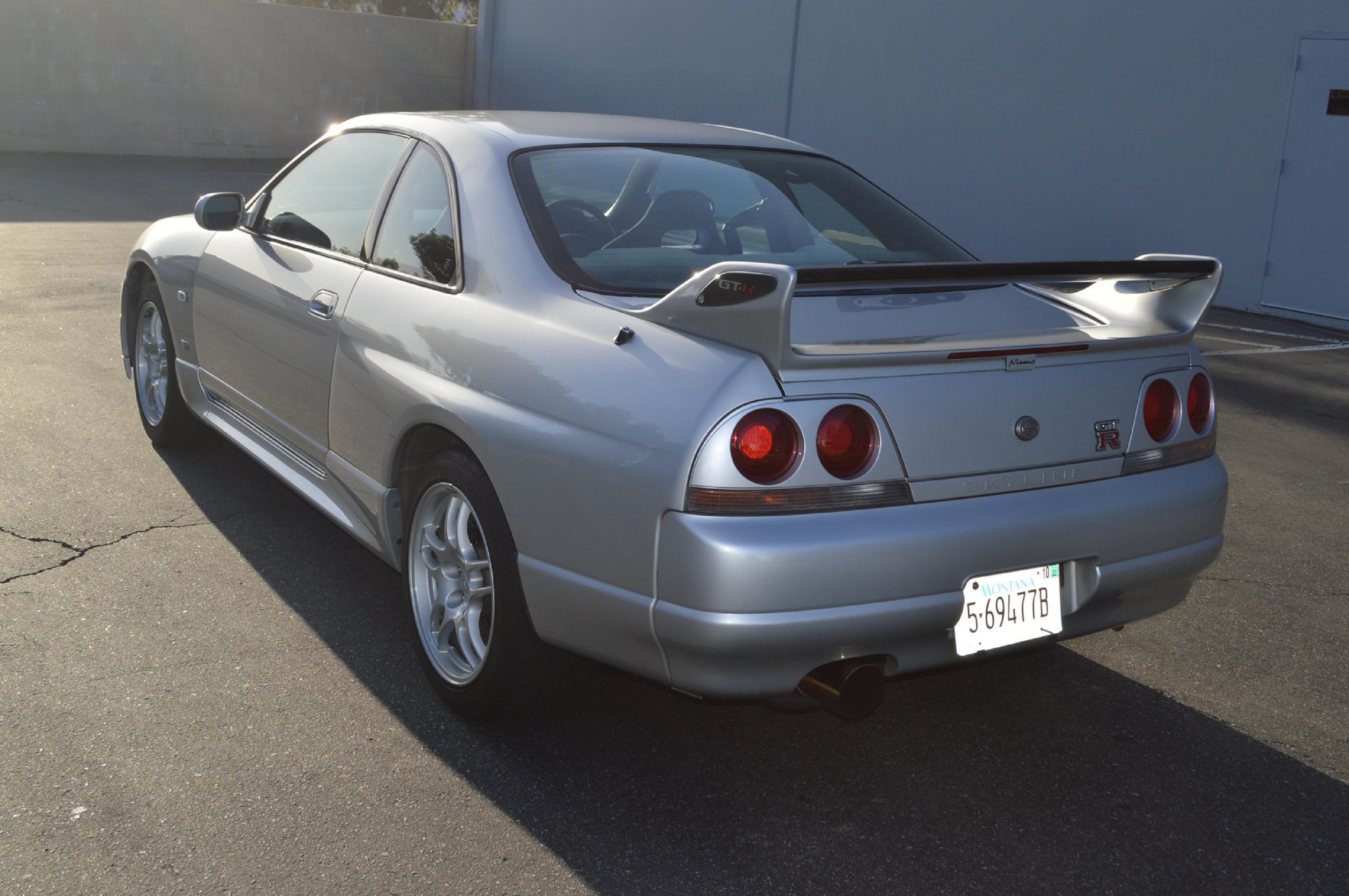
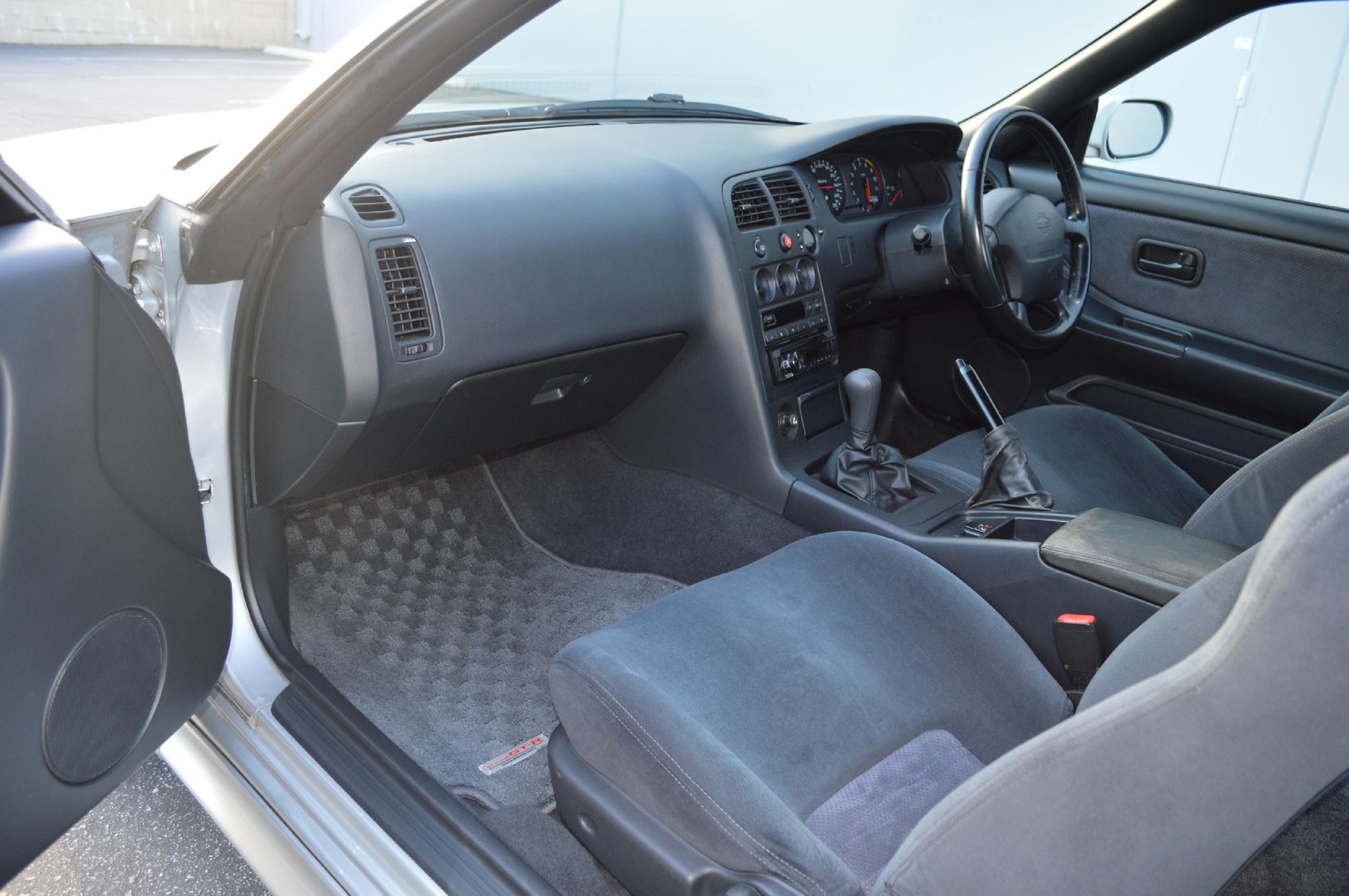
If the R33 Skyline GT-R in DeMuro’s video piqued your interest, I have good news for you. As of this writing, it’s listed on Cars & Bids for the next seven days. But prepare to stack some cash as the current winning bid is at $81,000.
Once upon a time, that would’ve been a high price for an R33. Today, though, that’s merely on the higher side. A good-condition 1995-1998 Nissan Skyline GT-R is easily a $60,000 car these days. Meanwhile, the typical imported example is more like $75,000-$95,000; V-Spec models are on the high end. And if you want a genuine Nismo 400R, prepare to pay close to seven figures.
At that point, you might be considering just getting a brand-new GT-R. But then, you won’t get the R33’s classic, subtle, stick-shift speed. It might be the middle child, but it still belongs with its GT-R brethren.
Follow more updates from MotorBiscuit on our Facebook page.


